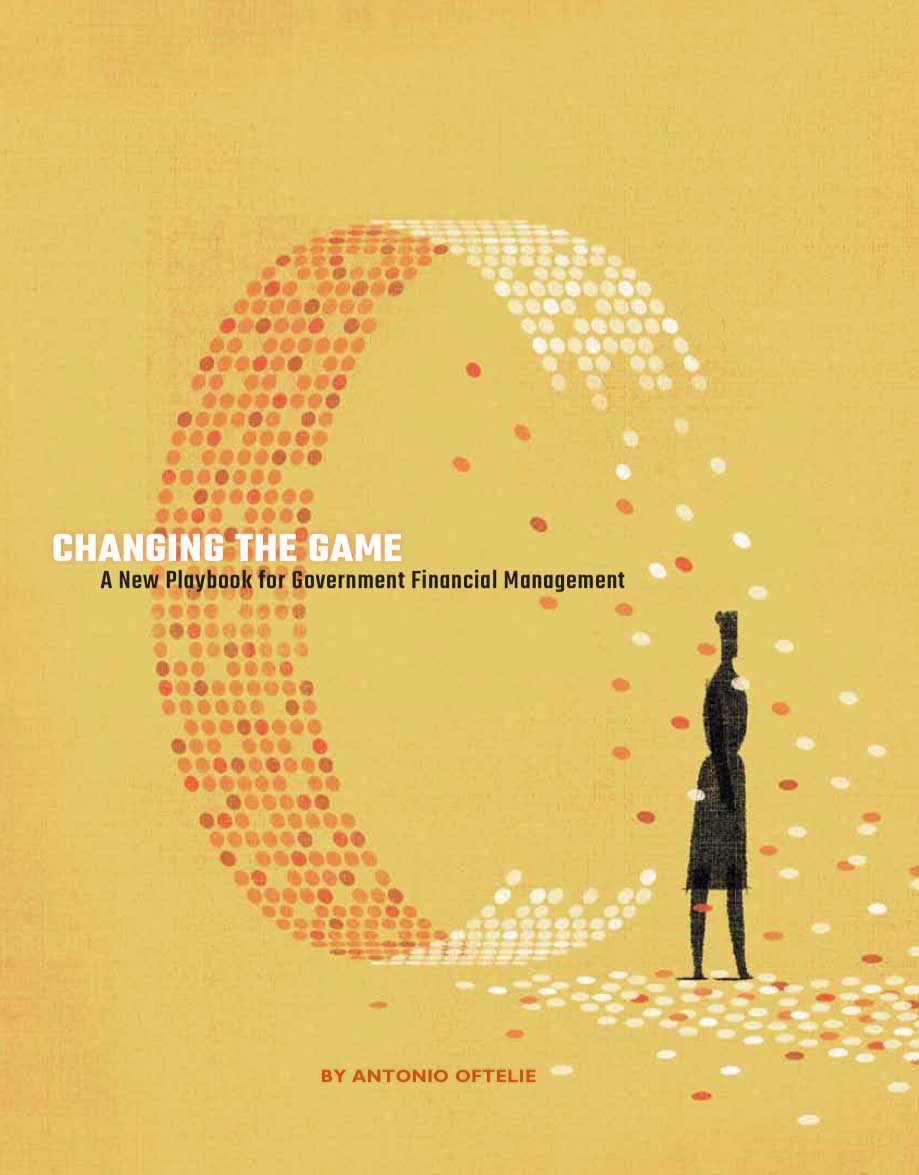Imagine: You are the state CFO, and as you pour your first coffee of the day the phone rings. It’s the call you've been worrying about. The governor’s chief of staff urgently needs your support to move funding for a program through the legislature. “This program is important to the governor, and it’s key to our goal of safer neighborhoods – you see that, right?” she asks.
You raise your cup just as your call is transferred to the agency program head. “I heard there are questions about the program,” he says. “Let me be the first to tell you that we’ve had some bumps in the road but we’re on the right track now. We can’t backpedal on this program – we just need some time and resources to prove the value. Are you with me on this one?”
Before you can even take a sip, the majority whip for the state legislature rings you, wondering why the governor’s office would want to advocate for a program that has had marginal outcomes. “I don’t see how your budget office can back this program,” he says. “The results over the past two years have been questionable. Don’t you agree it’s time for something new?
As the coffee steam slowly wafts over you, you realize you’re stuck in the middle, and all sides are counting on you to do the right thing, as they see it “What do I do now?” you wonder.
Fortunately, for government chief financial officers the game is changing. The convergence of advanced analytics, evidence-based budgeting, and behavioral economics will transform not only how program evaluation and decision-making are conducted, but also how the design of programs will be improved to create greater public value. These new methods will help solve the problems that traditional ways of managing program investment often present – a zero-sum game emerges where someone wins and someone loses, the “budget office” becomes either a hero or villain, and value for citizens isn’t fully realized.
To understand the power of this convergence, and how it will change the future of government performance and financial management, read an article I wrote for this month’s Government Finance Review. The article will help you understand the current state and potential of each of these methods separately, and then determine how to combine them to your advantage.
